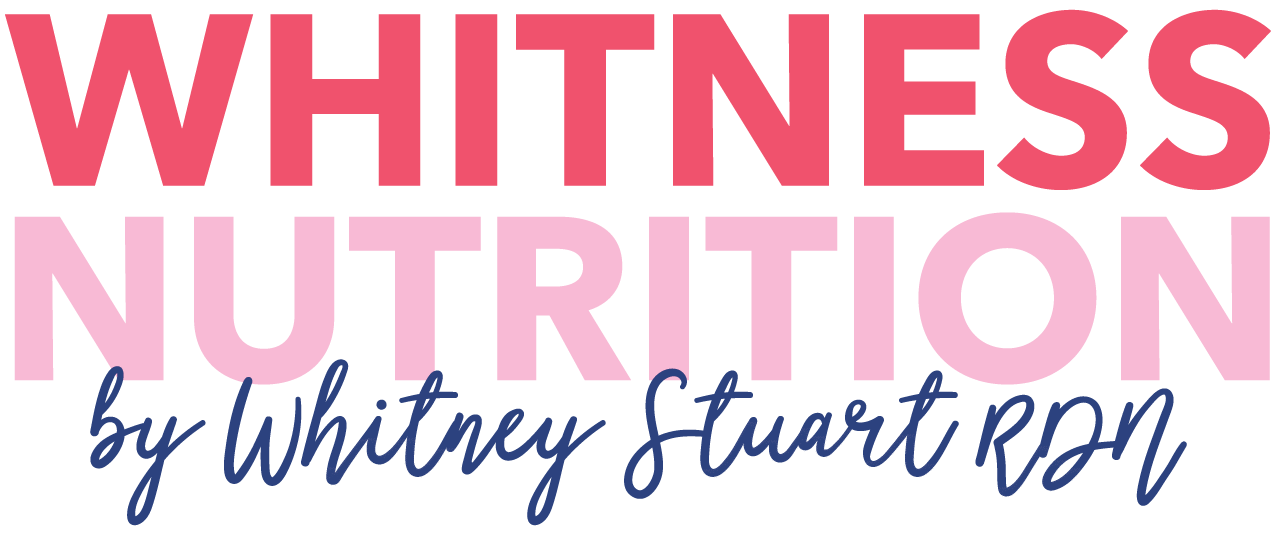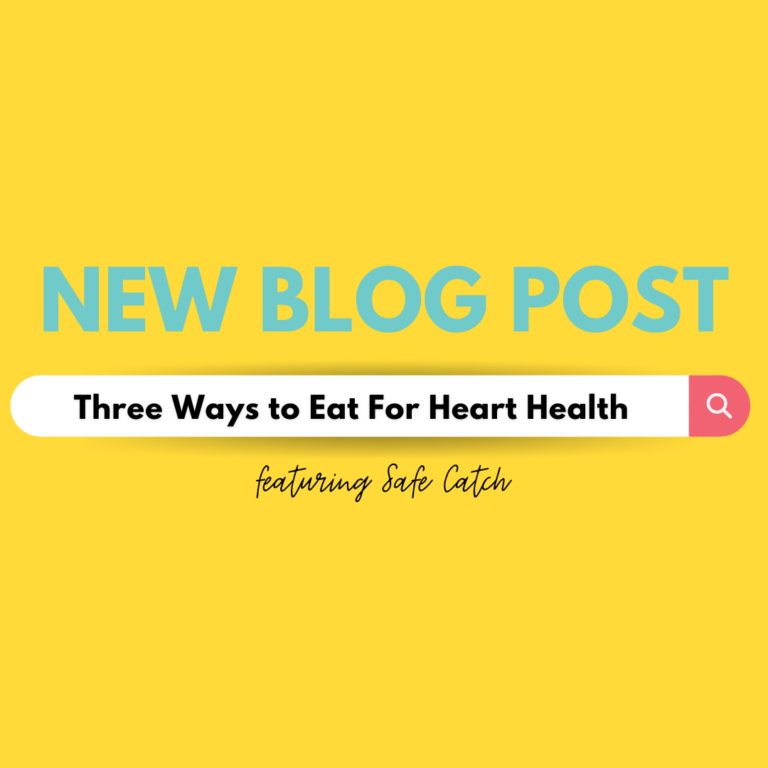How to Outsmart Sneaky Sweeteners and Reclaim Your Energy
Here’s the thing about sugar—it’s not always obvious. While you might think ditching candy and soda is enough to cut back, the truth is that sugar wears a lot of disguises. It’s tucked into “healthy” breakfast cereals, salad dressings, protein bars, fruit juice, and even the so-called healthy diabetic snacks you find at the store. And it adds up fast.
Excess sugar consumption is one of the biggest drivers of metabolic dysfunction. While naturally occurring sugars from fruit aren’t the issue, high amounts of added sugars in processed foods are. From fatigue and mood swings to long-term blood sugar instability and inflammation, sugar sneaks into how you feel daily.
That’s why I’m exploring hidden sugars in foods today—what they are, where they hide, and how to spot them on the nutrition facts label before they derail your energy, hormones, or blood sugar goals.
How to Outsmart Hidden Sugars and Reclaim Your Energy
What Are Hidden Sugars in Foods
Hidden sugars in foods are added sweeteners that aren’t always labeled clearly. They go by many names—over 60, in fact—and they’re found in a surprising range of processed foods, not just desserts or soda. These sugars are often added during manufacturing to boost flavor, shelf life, or texture, making them harder to identify and easier to overconsume.
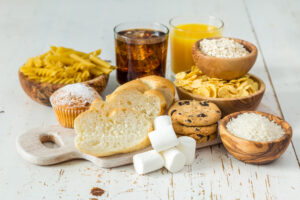
Here’s the kicker: the American Heart Association recommends no more than 25 grams (about 6 teaspoons) of added sugar per day for women. Yet most people consume far more, often without realizing it. A single cup of fruit juice or flavored yogurt can contain multiple teaspoons of sugar, sometimes even more than a scoop of ice cream.
Some of the most common hiding places include:
- Breakfast cereals, even ones labeled “whole grain”
- Granola bars and so-called best protein bars for diabetics
- Salad dressings and sauces
- Yogurt with fruit on the bottom
- Bread, crackers, and peanut butter
- Coffee creamers and energy drinks
And don’t be fooled by natural-sounding ingredients like rice syrup or evaporated cane juice—they still count as added sugar.
Unlike naturally occurring sugars in whole fruit or dairy, these added sugars don’t come with fiber, fat, or protein to slow their impact on blood sugar.
How To Find Hidden Sugars In Food
Let’s talk strategy. The best way to reduce added sugar intake is by getting smart about reading the nutrition facts label and ingredient lists. Here’s how to do it.

Step 1: Start With the Nutrition Label
Flip the package over and look for the line that says “Includes Xg Added Sugars.” This is your real number. Don’t confuse total sugar (which includes naturally occurring sugars) with added sugar. Aim to stay under 25 grams added per day.
Step 2: Scan the Ingredient List
Sugar can appear under dozens of names. Common culprits include:
- High fructose corn syrup
- Rice syrup
- Agave nectar
- Cane juice
- Molasses, maltose, dextrose, and anything ending in “-ose”
The higher up on the ingredient list, the more sugar the product contains.
Step 3: Watch Out for “Health Halos”
Just because a product is labeled “organic,” “gluten-free,” or “diabetic-friendly” doesn’t mean it’s low in sugar. Always check the nutrition labels—especially when shopping for healthy diabetic snacks or the best protein bars for diabetics.
Step 4: Compare Brands
One brand of salad dressing may have 7g of added sugar per serving, while another has zero. The same goes for yogurt, breakfast cereals, and foods and drinks marketed as healthy.
Step 5: Make Smart Swaps
Try plain Greek yogurt with berries instead of fruit-on-the-bottom. Use mashed avocado or hummus instead of sugary condiments. Choose sparkling water over energy drinks or fruit juice.
Sugar may be sneaky, but you’re smarter. 😉
What Are Hidden Sugars Examples
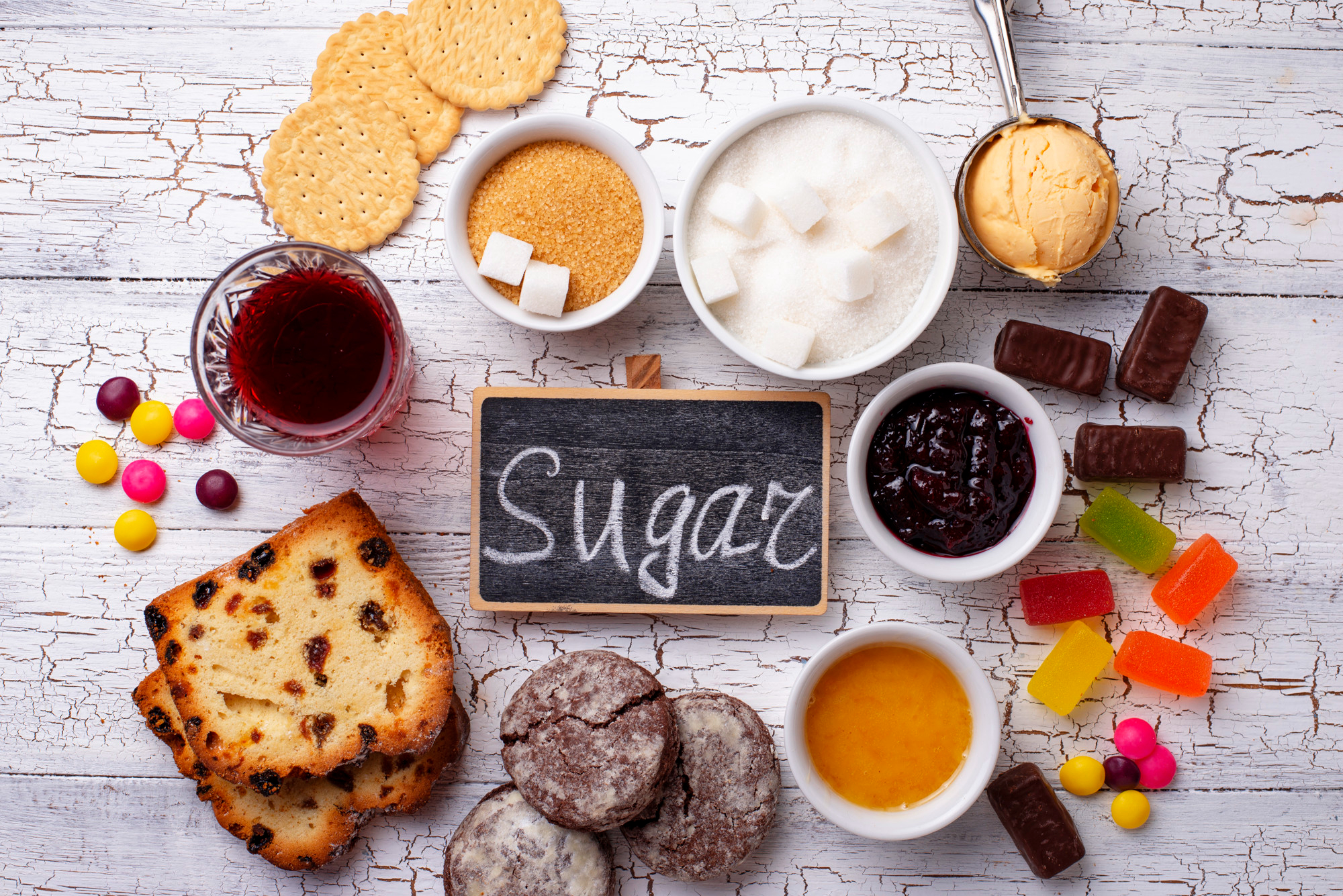
Here are just a few of the many forms of sugar included in packaged goods. These are the sweeteners to watch for on any ingredient list:
- High fructose corn syrup
- Brown rice syrup
- Maltose
- Dextrose
- Evaporated cane juice
- Fructose
- Agave nectar
- Glucose
- Sucrose
- Invert sugar
- Fruit juice concentrate
- Molasses
- Corn syrup solids
- Coconut sugar
- Cane crystals
- Barley malt
- Raw sugar
- Turbinado sugar
- Carob syrup
These names may sound more “natural,” but they all contribute to your daily amount of sugar intake.
What Foods Have Hidden Sugars In Them

You might be surprised where added sugar is hiding in your daily routine. From “healthy” snacks to pantry staples, it shows up in places most of us would never expect. Even if you’re skipping dessert, you could still be consuming well over the American Heart Association’s recommended 25 grams per day. That’s why learning to spot sugar in everyday foods and drinks is essential, especially when it’s marketed as clean, low-carb, or even diabetic-friendly. Below are some of the most common culprits where hidden sugars love to lurk.
-
Flavored Yogurt
A small serving can contain up to 15–20g of added sugar, especially those with fruit on the bottom.
-
Salad Dressings
Many bottled salad dressings, especially honey mustard or balsamic blends, sneak in 5–7g of sugar per 2 tbsp serving.
-
Protein Bars
Even some of the best protein bars for diabetics can hide 10g or more of sugar—check for syrups or sugar alcohols.
-
Fruit Juice
While fruit sounds healthy, one cup of fruit juice can contain the sugar equivalent of three to four fruits—about 20–25g of sugar.
-
Granola and Breakfast Cereals
Even “healthy” breakfast cereals can pack 10 g+ sugar per serving. Look for unsweetened options.
-
Energy Drinks
These are notorious for their high sugar content—up to 27g in one can. Skip them for your overall health.
-
Flavored Coffee Drinks
That oat milk latte? Could sneak in 20+ g depending on sweeteners and milk choice. A real teaspoon of sugar adds up fast.
How To Avoid Hidden Sugars In Food
Avoiding hidden sugars doesn’t mean fearing every label—it means being a savvy, empowered shopper. The goal isn’t perfection. It’s progress. With just a few practical habits, you can significantly reduce the amount of sugar consumed daily, support your energy, and better manage your blood sugar. Below are my go-to tips I share with clients who want real strategies for cutting out sneaky sweeteners without cutting out flavor or joy.
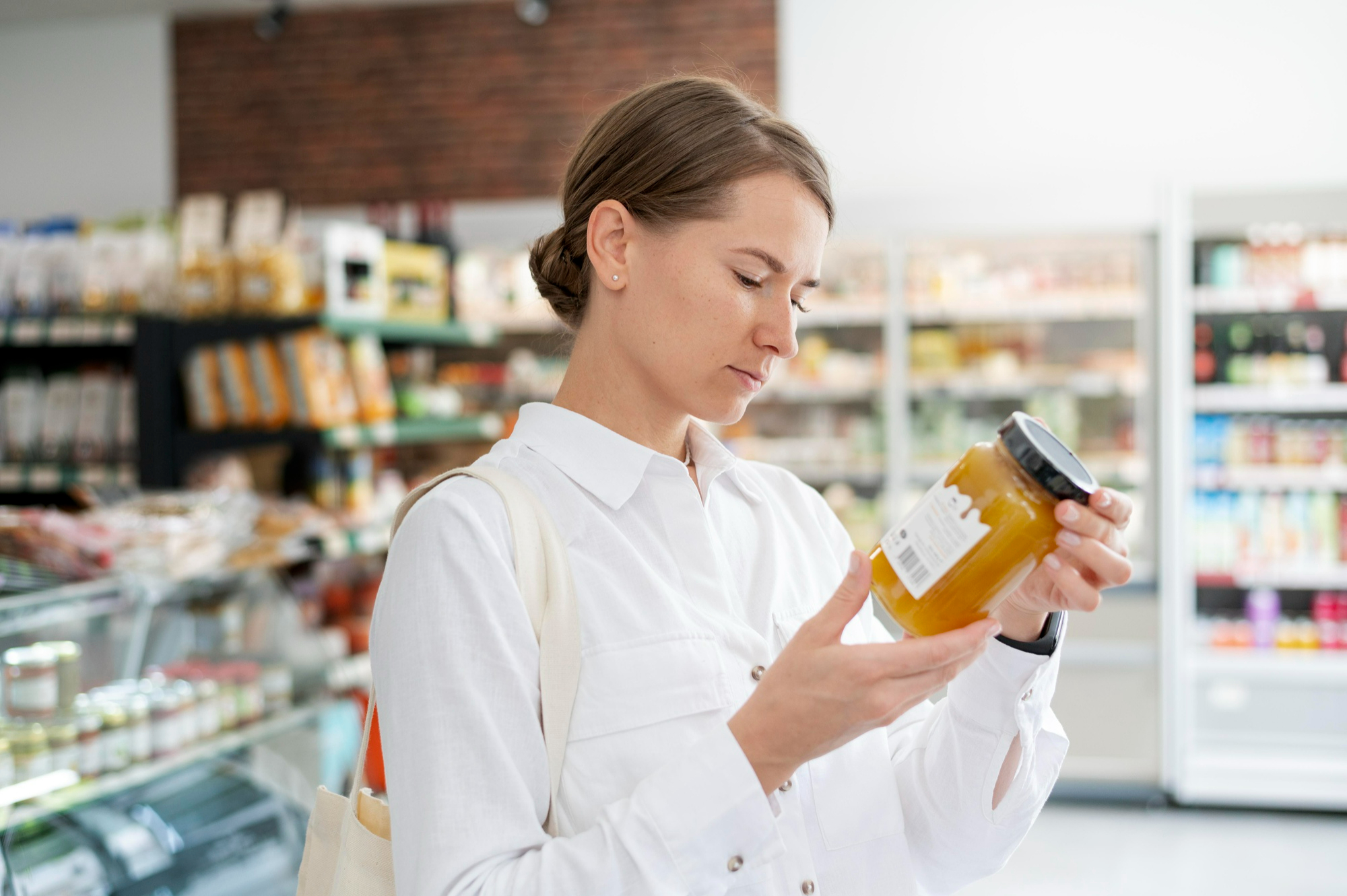
-
Read the Nutrition Facts Label
This is your first line of defense. Look for “Added Sugars” under total sugars, and aim for less than 6 teaspoons of added sugar per day (25 grams).
-
Prioritize Whole Foods
Choose fresh produce, lean proteins, and whole grains. These don’t come with hidden sugars or labels to decode.
-
Shop the Perimeter
The center aisles hold the majority of processed foods. Stick to the edges of the grocery store where fresh, whole items live.
-
Make DIY Versions
Homemade dressings, snacks, and smoothies give you total control over the amount of sugar in your meals.
-
Swap Smart
Opt for water or tea over energy drinks. Choose plain oatmeal with fruit over packaged options. These small shifts reduce your daily sugar load and boost your energy naturally.
Final Thoughts
Sugar isn’t evil—but unchecked, it’s exhausting. Hidden sugars can sneak into your day through foods that seem harmless (or even healthy!), disrupting your blood sugar, energy, and focus. The key isn’t cutting everything out—it’s cutting through the confusion. By learning how to read nutrition labels, swap smarter, and stay within the American Heart Association’s guideline of 25 grams of added sugar per day, you give your body the clarity it needs to thrive. And you don’t have to do it alone—this is exactly the kind of thing I walk clients through every day. You’ve got this!
Overwhelmed by Hidden Sugars? Let’s Clear the Confusion—Together.
If learning about hidden sugars in foods has you side-eyeing your pantry, you’re not alone—and you don’t have to figure it out solo. Book a Free Discovery Call with Whitney Stuart.
In just 15 minutes, we’ll discuss your biggest frustrations, decode your current routine, and help you choose a program that cuts through the label noise and permanently restores your energy.
No more sugar traps. Just real, smart strategies.
Book your Discovery Call here and take the first step toward real food freedom.
